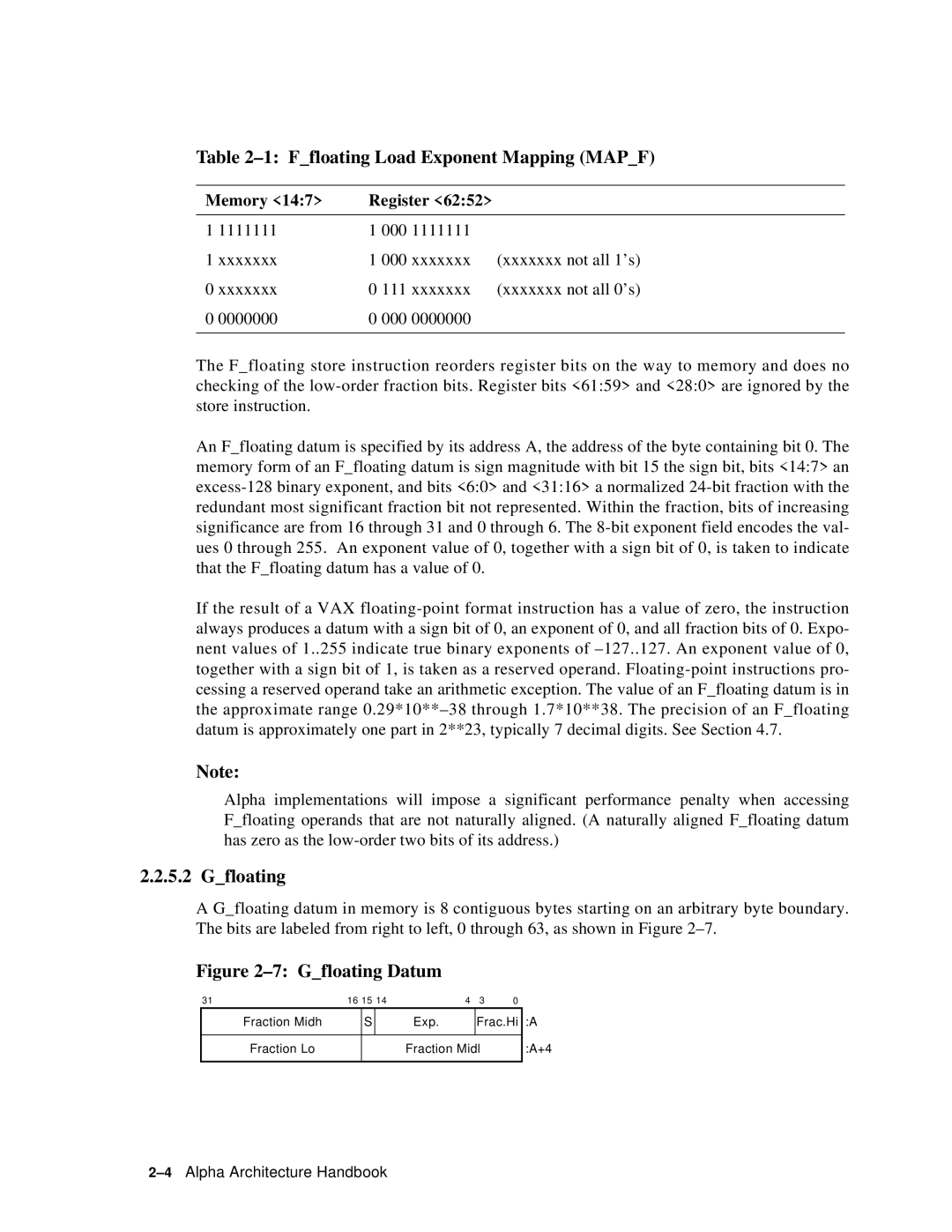Table 2–1: F_floating Load Exponent Mapping (MAP_F)
Memory <14:7> | Register <62:52> |
|
1 1111111 | 1 000 1111111 |
|
1 xxxxxxx | 1 000 xxxxxxx | (xxxxxxx not all 1’s) |
0 xxxxxxx | 0 111 xxxxxxx | (xxxxxxx not all 0’s) |
0 0000000 | 0 000 0000000 |
|
|
|
|
The F_floating store instruction reorders register bits on the way to memory and does no checking of the
An F_floating datum is specified by its address A, the address of the byte containing bit 0. The memory form of an F_floating datum is sign magnitude with bit 15 the sign bit, bits <14:7> an
If the result of a VAX
Note:
Alpha implementations will impose a significant performance penalty when accessing F_floating operands that are not naturally aligned. (A naturally aligned F_floating datum has zero as the
2.2.5.2 G_floating
A G_floating datum in memory is 8 contiguous bytes starting on an arbitrary byte boundary. The bits are labeled from right to left, 0 through 63, as shown in Figure
Figure 2–7: G_floating Datum
31 | 16 15 14 | 4 | 3 | 0 |
| ||
Fraction Midh |
| S |
| Exp. | Frac.Hi | :A | |
|
|
|
|
|
|
|
|
Fraction Lo |
|
|
| Fraction Midl |
| :A+4 | |
|
|
|
|
|
|
|
|
